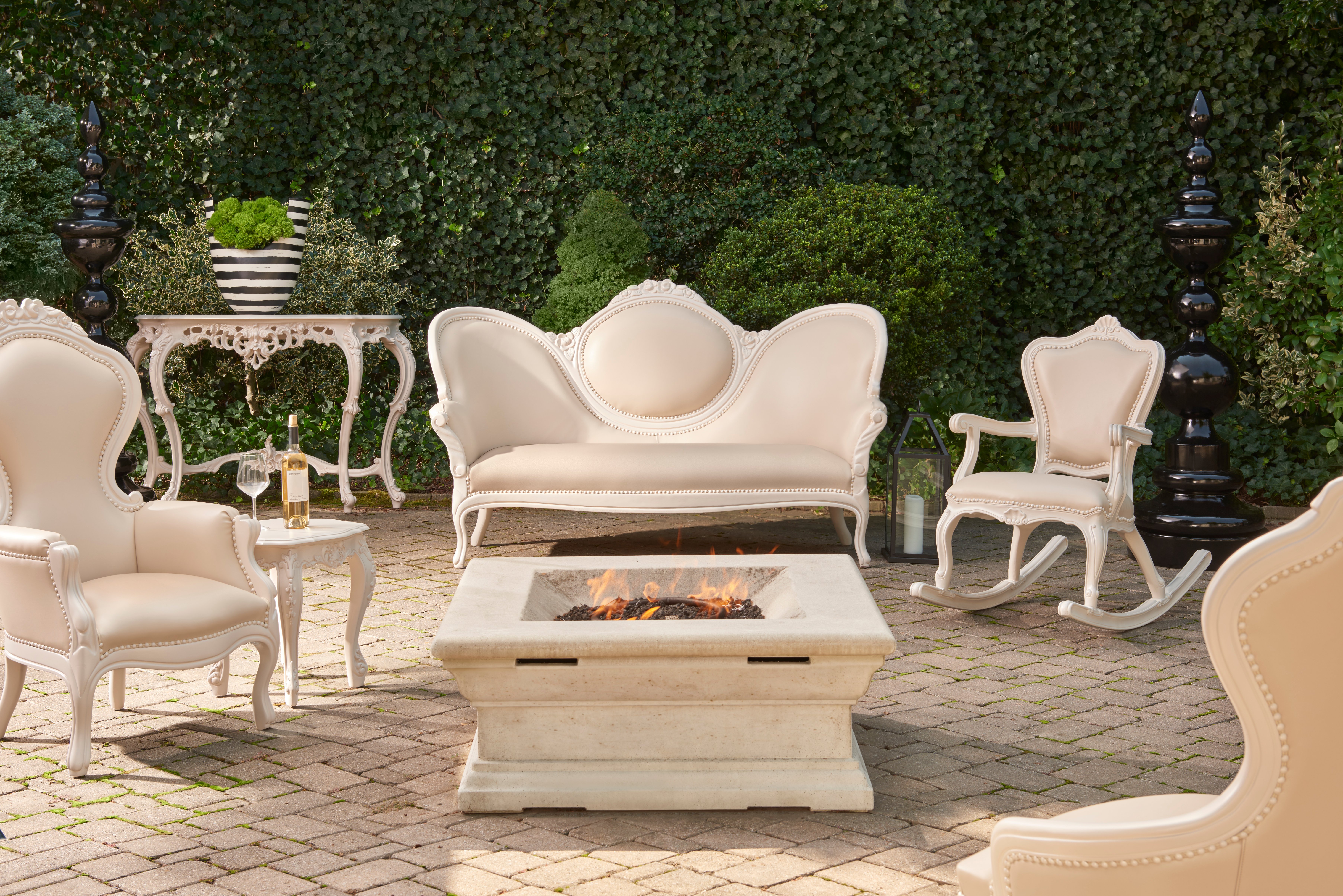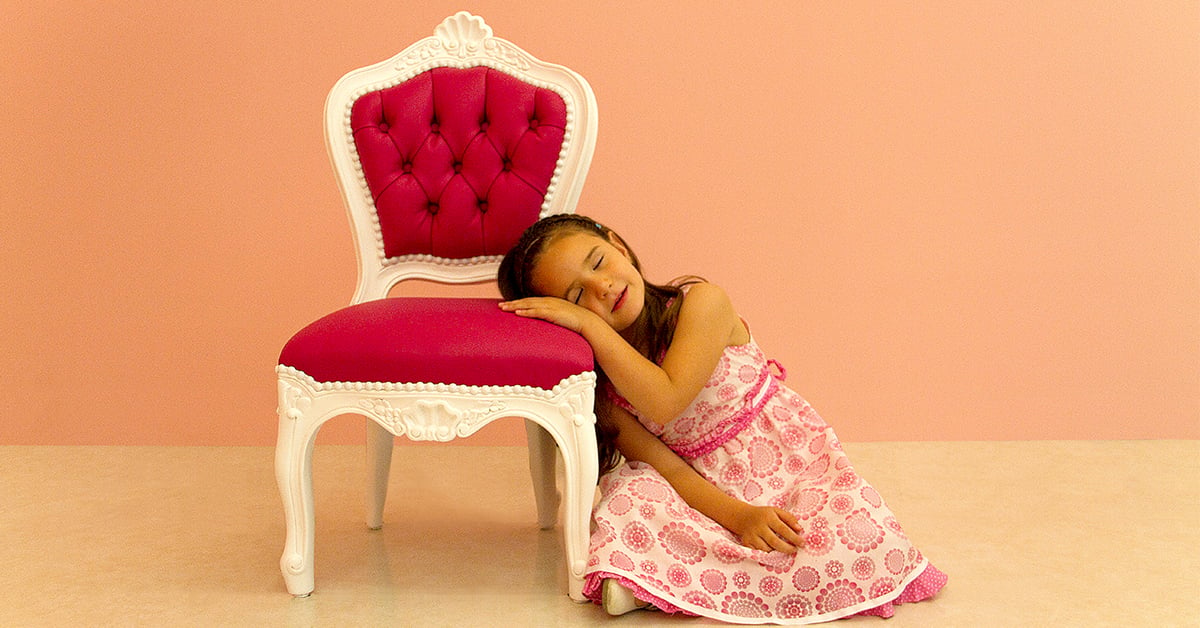In terms of interior design, our physiology imposes common needs: ergonomic and functional spaces with everything that is needed to feel comfortable and safe.
However, in addition, our psychology gives particular features to these needs: there will be those who feel more identifned with a homey and relaxed environment, and those who feel more at ease in a clean and minimalist home or workplace.
Experience has shown us that almost every user you're going to encounter can fit into one of four main profiles. Today we are going to review them in depth so that you can identify your client's overall psychological orientation.
Knowing your client's psychology: a powerful tool in your favor
Although this will also depend largely on the objective of each project, the psychology of your client will be one of the main rudders that will direct both the design proposals that you put forward for their consideration, as well as the way you communicate with them on an interpersonal level.
Intuitively, we know that it is practically impossible to start a design project with a solid foundation if we do not know our client in detail, but what we do not always take into account is that this goes beyond what they voluntarily or consciously tells us about themselves.

In this sense, the successful interior designer is also a bit of a " guesser" or " mind reader ". Don't panic! You don't need to develop telepathic skills, just learn to pay attention to detail, because most of the time clients don't know how to define themselves, but all the information you need is right there in front of you.
Interior design: the four main customer profiles
One of the first questions you have to answer when you start working with a new prospect is; what motivates them? What is their main orientation? And this is very independent of the design style they like and the specific objective of the space. Remember that the ideal client does not exist: you construct it when you learn to adapt assertively to their personality.
1.- The integrating client: external-emotional motivation
These users are strongly oriented towards social relations and family aspects. They look for spaces that allow them to share their identity and generosity with their loved ones, companions and friends. During the development of the project they will be characterized by encouraging teamwork and linking emotionally with each proposal. They are tolerant, understanding, considerate and adaptable, but can also change their mind too easily, provide too much information that becomes confusing, and face some difficulties in putting ideas and concepts in order.
To make this kind of customers ideal customers, focus on containment and delineation. Communicate what the stages of the project development will be from the very beginning and seek to land concepts, ideas and solutions in a clear way in each phase to be able to move on to the next one without delay. Remember that these are clients that require a moderate level of validation, so listen, empathize and try to provide solutions that start from the positive idea they have of themselves.
2.- The systematic client: internal-rational motivation
Systematic clients have an intrinsic motivation, which means that the most important thing is to achieve a space that is perfectly in tune with their personality and individual interests, leaving the social in the background. They are methodical and analytical people who usually have a clear idea of what they want from the beginning, based on a set of general rules and guidelines that are very difficult to change.
The challenge with these clients is that they can come to be somewhat inflexible and can pay too much attention to irrelevant details that only delay the project. To make them ideal clients, it is necessary to adapt to the game rules and anticipate their objections. Each proposal we give them must come with a precise explanation of why it is the best alternative according to the criteria they indicated to us, and why that option works better than others.
3.- The developing client: ambivalent-emotional motivation
These customers like to differentiate themselves, take on features and above all, stand out. On the one hand they protect their individuality and their ideas at all costs, and on the other they want to impose these ideas on the world and need a lot of validation, which is why their orientation is ambivalent, strongly intrinsic and extrinsic at the same time. They are usually motivated by the search of a meaningful purpose, they impose high and complex medium and long term goals, are surprisingly creative and intuitive and are attracted to anything that is innovative, original or breaks the status quo.
The challenge with this type of clients is that they do not like limits of any kind and are also prone to overlook stages or details that they consider boring or unimportant, but which are important for the project to come to fruition. To adapt to their needs, always keep the clarity of the concept with you, use new and different strategies, dare to go out of your own comfort zone and do not be afraid to propose bold ideas, without losing sight of either feasibility or budget.
4.- The results seeker: external-rational motivation
This tends to be the most challenging type of client for interior designers, as they are characterized for being very demanding and for requiring fast, continuous and very specific results. Their motivation is to feel superior and to choose better options than others. They are direct and although their expectations are high, they know how to adequately communicate what they want and adapt to efficient processes.
To work smoothly with this profile, the most important thing is to get in tune with them as soon as possible. For achieving this, it can be quite helpful to work from the beginning with examples that visually come very close to what they want. Keep them informed of all progress on the status of the project, but don't burden them with details, and focus only on high-end materials, furniture and accessories.
Knowing how these profiles work and how they think will help you gain more customers, but there are many other things you should also consider.




Leave Comment